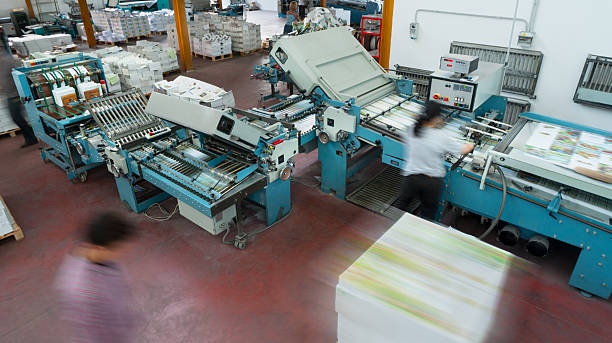Ink balance, a hydrophilic blank, and graphics that are ink-friendly (only refers to offset printing)
Incompatibility of oil and water
According to the chemical notion of resemblance and compatibility, the molecular structure of water molecules with mild polarity differs from that of non-polar oil molecules, resulting in the inability of water and oil to attract and dissolve one other. The flat printing plate is created by this rule. Water might now be utilized to differentiate between text and blanks.
Surface adsorption is the second step
It can adsorb a variety of substances based on surface tension, allowing for image and text separation in lithographic offset printing.
Dot configuration
Due to the flat nature of offset printing plates, the thickness of the ink cannot be employed to convey the layers of images on the printed matter. It generates detailed image layers.
We have such common sense in life: a wet surface is not easily tainted by oil, and water and oil are constantly antagonistic. Because the offset printing plates are nearly on the same plane, a method for distinguishing between the blank and graphic areas must be created. The concept of "water and oil incompatibility" refers to the role of water in offset printing. During the printing process, a thin layer of water is uniformly coated on the surface of the printing plate (in fact, the graphic section will not be wetted by water due to the selective adsorption of the surface of the printing plate), and then coated on the printing plate. Once inked, the blank region is effectively protected.


No comments yet